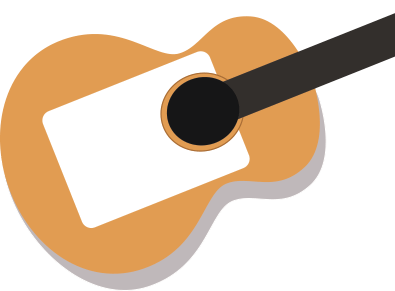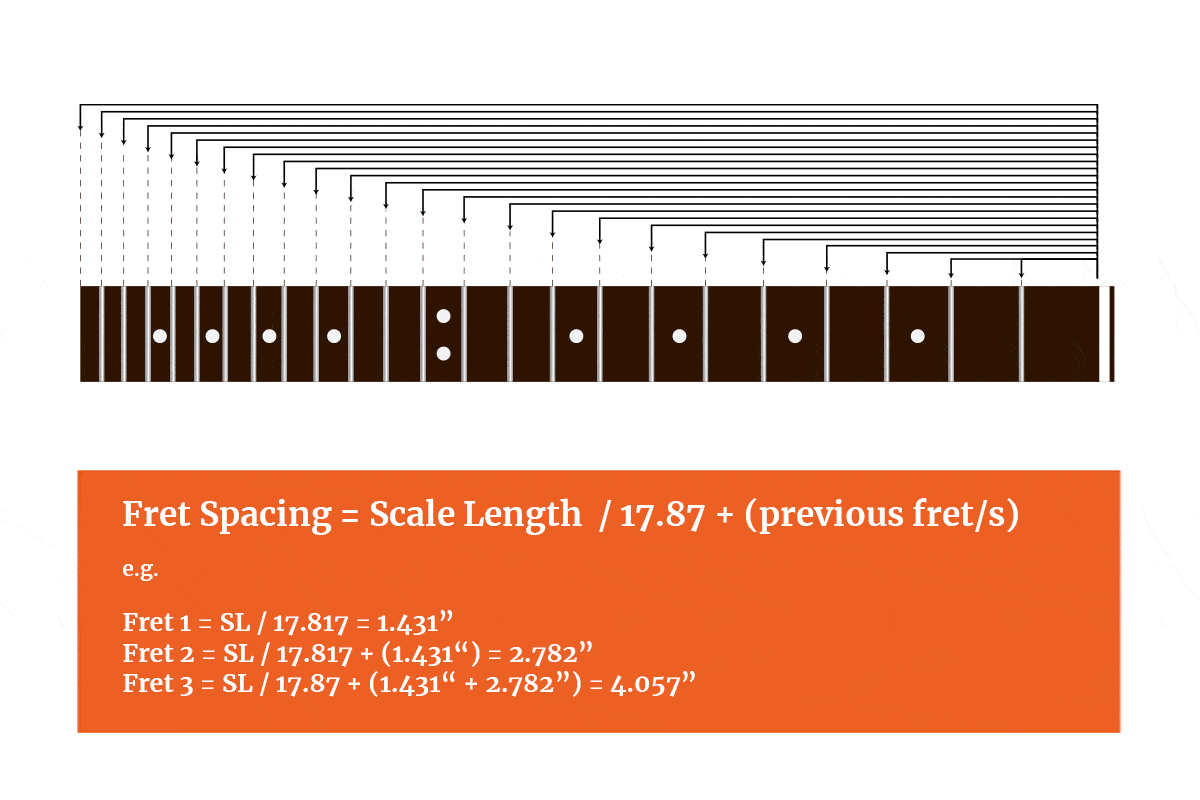Ever wondered why some guitars have pickguards while others don’t? Are they strictly necessary or included purely for aesthetic reasons?
Pickguards are used to protect the finish of your guitar. If you play with a pick and want to preserve the finish of the guitar then a pickguard is necessary. If you don’t use a pick and/or don’t mind minor scratches or signs of wear from strumming a pickguard isn’t strictly necessary.
What Does a Pickguard Do?

A pickguard (aka scratchplate), as the name implies, guards the finish of your guitar against being damaged by your guitar pick. When we strum an acoustic guitar using a pick the downstroke of the picking hand usually finishes on the soundboard (the top of the guitar), below the soundhole.
If playing with a pick this means the pick is coming into direct contact with the soundboard on each downstroke.
Over time, taking into account many thousands of individual downstrokes, as the material the pick is made from (usually plastic) is harder than the wood the soundboard of the guitar is constructed from, this can result in scratches and general wear and tear appearing on your guitar.
Why do guitars get scratched so easily?
The wood used for the soundboard is chosen based on its ability to resonate. The most resonant species of wood are lightweight yet very strong. Spruce, for example, is a lightweight wood that is very strong, and as a result, has also been used in the construction of diving boards (requiring high flexible strength) and light aircraft where the strength-to-weight ratio is critical.
But, the surface of this type of wood is soft and more easily damaged than maple for example which is a denser species of wood but due to its density less resonant making it far more useful as a guitar neck timber.
Pickguards offer a solution to this problem as they are made from the same material as most guitar picks (plastic) and as a result, are far more durable with regard to general wear and tear from guitar picks.
Why some guitars Don’t Require a pickguard?
Classical guitars, in almost all cases, don’t utilize pickguards. This is because classical guitars are always played with fingers, although there are some notable exceptions.
As a result, the soundboard of the guitar doesn’t encounter anything harder than the flesh of your fingers.
Although, many classical guitarists also grow and play with their fingernails which are capable of damaging the top of a classical guitar. However, it’s often a combination of nail and flesh and classical music doesn’t typically involve aggressive strumming patterns like traditional steel-string acoustic music.
What about Flamenco Guitars?

Flamenco music is typically performed with great passion, typified by rapid, aggressive strumming, and percussive tapping techniques.
It’s for this reason that, despite flamenco music being played on guitar with the fingers just like a classical guitar (nylon strings are always played with the fingers) a golpeador is often used.
A golpeador serves much the same purpose as a pickguard and is used to protect the finish of the guitar. However, unlike a pickguard, the golpeador is usually installed above and below the soundhole. This is due to the aggressive upstrokes and downstrokes incorporated in flamenco music that may otherwise damage the top of the guitar.
Do Pickguards Affect Tone?
On steel-string guitars, not really. While some claim to hear a difference, in my experience this is far more likely to be an issue for a classical guitar as pickguards are very light.
However, classical guitars utilize lighter bracing and tend to feature thinner soundboards (approx. 2.5mm – 2.8mm) than steel-string guitars (up to 3.3mm) as this allows for a lighter, more resonant top.
They don’t require the same mass as that of a steel-string guitar as the guitar is not subject to the same amount of tension from the strings, due to being nylon and not steel.
Due to the lighter material the top of the guitar is made from, adding any weight has the capacity to affect tone, but only the most finely tuned ears will notice a dramatic difference in tone, and in most cases, this will only affect the mid to high-end frequencies.
Alternatives to Pickguards
What if you want to protect the finish of your guitar but really dislike the look of a pickguard against the natural finish of the soundboard? In that case, you can always choose a clear pickguard.
How to Remove an Acoustic Guitar Pickguard?
If you play with your fingers and prefer the ‘no pickguard’ look, removing your pickguard is a relatively straightforward task. Although, removing the pickguard on an older acoustic guitar may result in the guitar showing tan lines.
This occurs because the wood beneath the pickguard has had less exposure to UV light and retains its original color for longer. Because of this, I wouldn’t recommend removing the pickguard unless the guitar is new and the body has not been discolored.
To remove your pickguard, we simply need to apply a small amount of heat. I would recommend using a hairdryer and only using the minimum required to begin loosening the pickguard. Applying too much heat may affect the glue used internally for the bracing. So, if trying this on an expensive guitar, I’d recommend taking it to a luthier unless you have done this kind of work before and know what you are doing.
You really only need to apply sufficient heat until you have the top of the horn of the pickguard loosened. You can then carefully begin to peel off the pickguard. Using a fishing line can also be useful when wrapped around the pickguard.
Once you have removed the pickguard from the body, apply lighter fluid to remove any glue residue. Lighter fluid won’t damage your finish as many other alternatives can.
Summary
Are guitar pickguards necessary?
For the most part, it depends on the type of guitar you play, how you play it e.g. you use picks or fingers, and if you are trying to keep your guitar in pristine condition. In reality, your guitar can show signs of wear in more places than just the location of the pickguard. For example, if you take a closer look at Tommy Emmanuel’s main acoustic guitar you’ll see a great deal of wear behind the bridge due to the movement of the forearm. Otherwise, guitars played by percussive fingerstyle guitarists also tend to show a great deal of wear and tear.
The choice really comes back to you, do you prefer a guitar that looks unblemished or a guitar that looks like you’ve played the heck out of it!
If you enjoyed this article, be sure to check out some of our articles on acoustic guitar anatomy, and acoustic guitar body styles and sizes.



